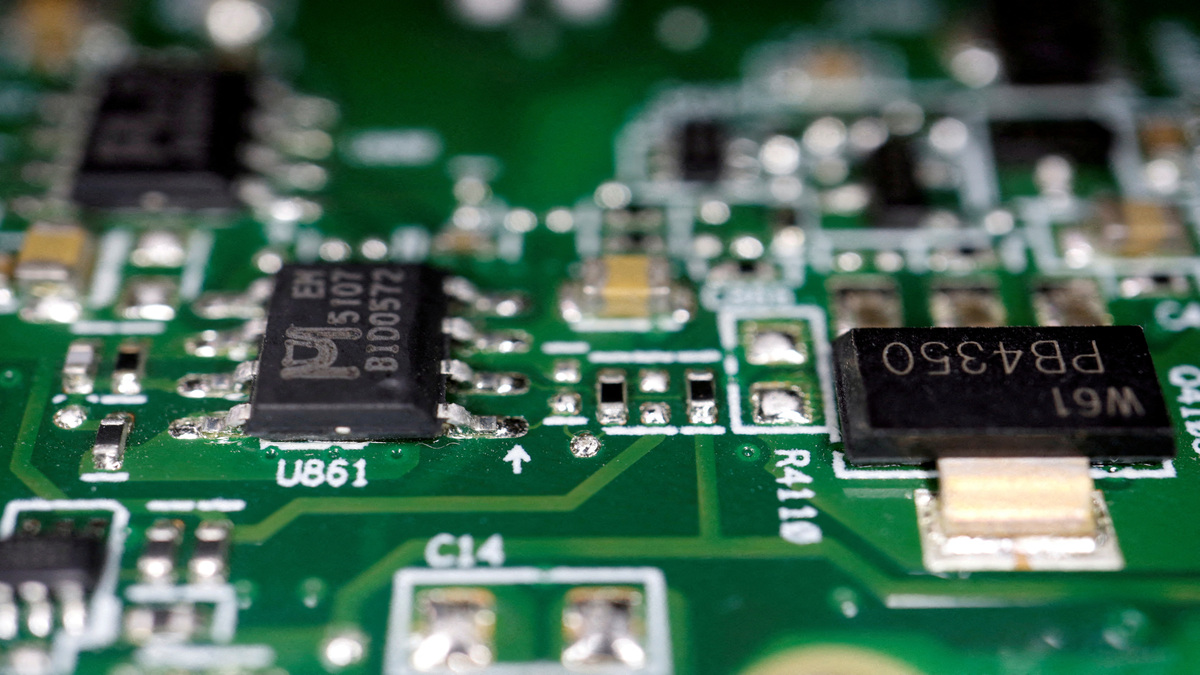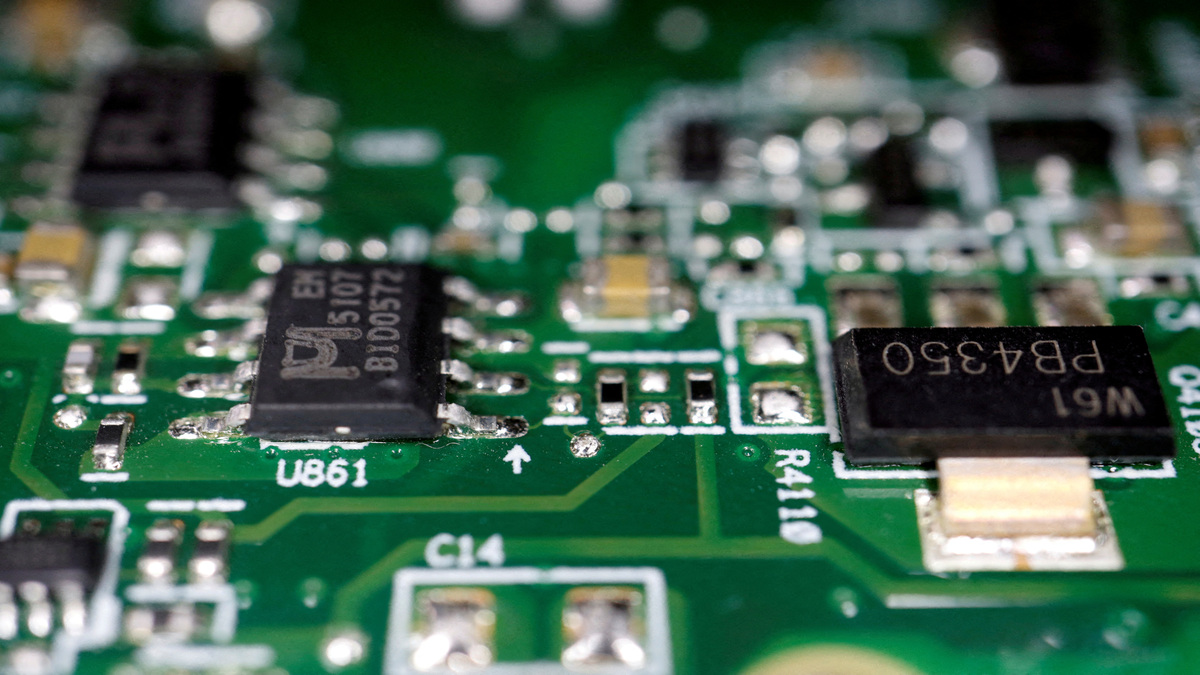On the face of it, the decision to purchase miniature cameras worth Rs 3 crore for Central Industrial Security Force (CISF) personnel to wear across 59 Indian airports seems like a reasonable investment. It makes sense to enhance security and also provide evidence which can clear up disputes between irate passengers and uniformed personnel (who are often the target of their rage).
At Rs 60,000 a pop, these body cams can be fitted into lapels or shoulders and the feed dispatched in time loops to a central monitoring system. It can then be decided how long they can be kept before being re-used.
With Republic Day fast approaching, India has been on high alert and naturally, safety and security has been the focus at the country’s 134 airports. While bidding for the contract is on — as per government rules — what is mildly disturbing is the inference that, as of now, our airports’ security areas are not under adequate camera surveillance.
Surely, if as much as 90 percent of some cities are under the ever watchful digital eye and coverage from one CCTV unit to another is seamless, leaving a site as sensitive as the airport without 100 percent coverage is utterly without logic. And what’s more important vis-a-vis airport safety than these sensitive areas where hand baggage and body checks occur?
Officially, over 6,000 Infinova video surveillance cameras, including high-speed PTZ domes, minidomes and fixed cameras, most of them with vandal-resistant day/night functionality, are deployed across 62 airports. What we don’t like to talk about is that their efficiency depends on those who man the equipment, which is often another drawback in its efficacy.
One would imagine — without disclosing any secrets of the security parameters — a passenger in 2018 must be tracked from the moment he or she enters the terminal, till they board their flight. So must a vehicle approaching the terminal. Cameras must be in position at certain security points, thus rendering body cams redundant.
Overhead cameras, while deterring any troublemakers, also record altercations between passengers and passengers and security personnel. To be brutally honest, the vast majority of travelers surrender themselves without fuss to security checks. However, that’s not the case for politicians and bureaucrats, who see themselves as VIPs and thus above the demands of aviation security. Whether they are taped from overhead or through body cams, their tribe will continue to misbehave and compromise security so long as this ‘I am exempted’ mindset is allowed to flourish. The concept of an entourage further lets those without clearance enter restricted spaces.
By placing wide-angle heavy duty cams at strategic points, the need for mini cams becomes superfluous. The money saved could be used to upgrade the surveillance outside the terminal buildings, which is sadly lacking. The approach to security at Indian airports has been dismally porous. No effort is made beyond the merely cursory barricades to block traffic and is no real deterrent to any mischief maker.
The Delhi airport is a perfect example of easy access and no real outer defence perimeter. Two or three armed guards and an absence of cameras at the concourse makes entry almost laughably easy. More effort is put into splitting traffic into various lanes — for officials, cabs, buses and private cars — than on noting those in the vehicles.
In 2016, a man scaled the wall of the Indira Gandhi International Airport and was on the loose for thirty minutes before he was apprehended. Where were the cameras? Last year, a knife-wielding man avoided all security checks and boarded a flight. In 2017, as many as 4,000 cameras activated in 2009 started acting up. These are being replaced. In Mumbai, the Sahar Elevated Access Road runs perilously close to the cluster of turbine fuel tanks.
Our smaller airports suffer from shortage of trained personnel made worse by faulty machines, poor maintenance of X-ray equipment and power outages. The general rule of thumb for international metro airports is to have a five square kilometre area under electronic surveillance. This is still a pipe dream. As is mandating that every passenger undergo security check regardless of his status.


)




)
)
)
)
)
)
)
)